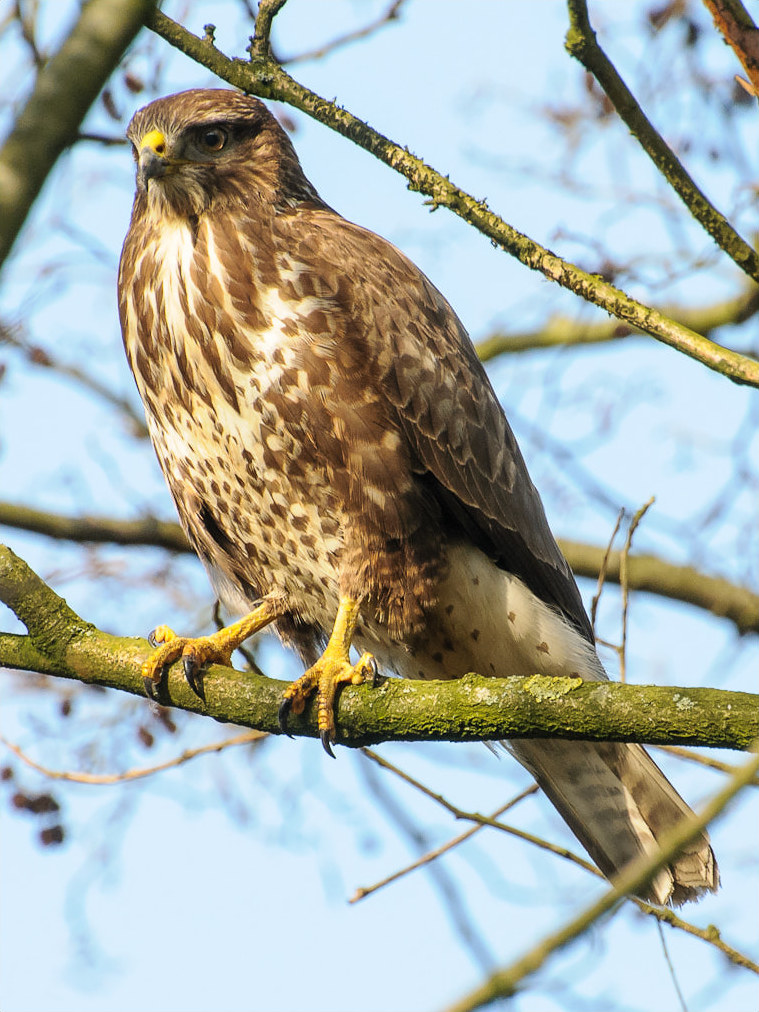Research
Buzzards
After 600 years of persecution, during which dramatic population fluctuations occurred, common buzzards are increasing in abundance and recolonizing most of lowland UK. But recovery is bringing them to the heart of a controversy. Once again, game-managers and poultry farmers blame buzzards for killing stock and thus harming livelihoods. To better understand buzzard biology and assess their impact on wildlife and domestic stock, field data and well-established and innovative modelling techniques were used. It was noted that phylopatry resulted in a naturally slow rate of buzzard population expansion, while habitat availability now limits population abundance. The impact of buzzard predations on released pheasants was found be variable but typically small, and it was also found that high predation can be reduced with simple pen management measures. Licensed translocation of ‘problem’ buzzards may also be an option, but only if accompanied by improvements in management to avert re-colonizing buzzards from also developing a livelihood-harming diet. The worry is, however, that concern about translocation of raptors risks diverting public opinion from the more serious issues of poor land use and climate change.
Eduardo Arraut
David W. Macdonald
Robert E. Kenward
References
Arraut, E.M., Macdonald, D.W., Kenward, R.E. 2015. In the wake of buzzards: from modelling to conservation and management in a changing landscape. In: Wildlife Conservation on Farmland. Eds: D.W. Macdonald & R.E. Feber. Oxford University Press.
-
 © Arend Vermazeren
© Arend Vermazeren





